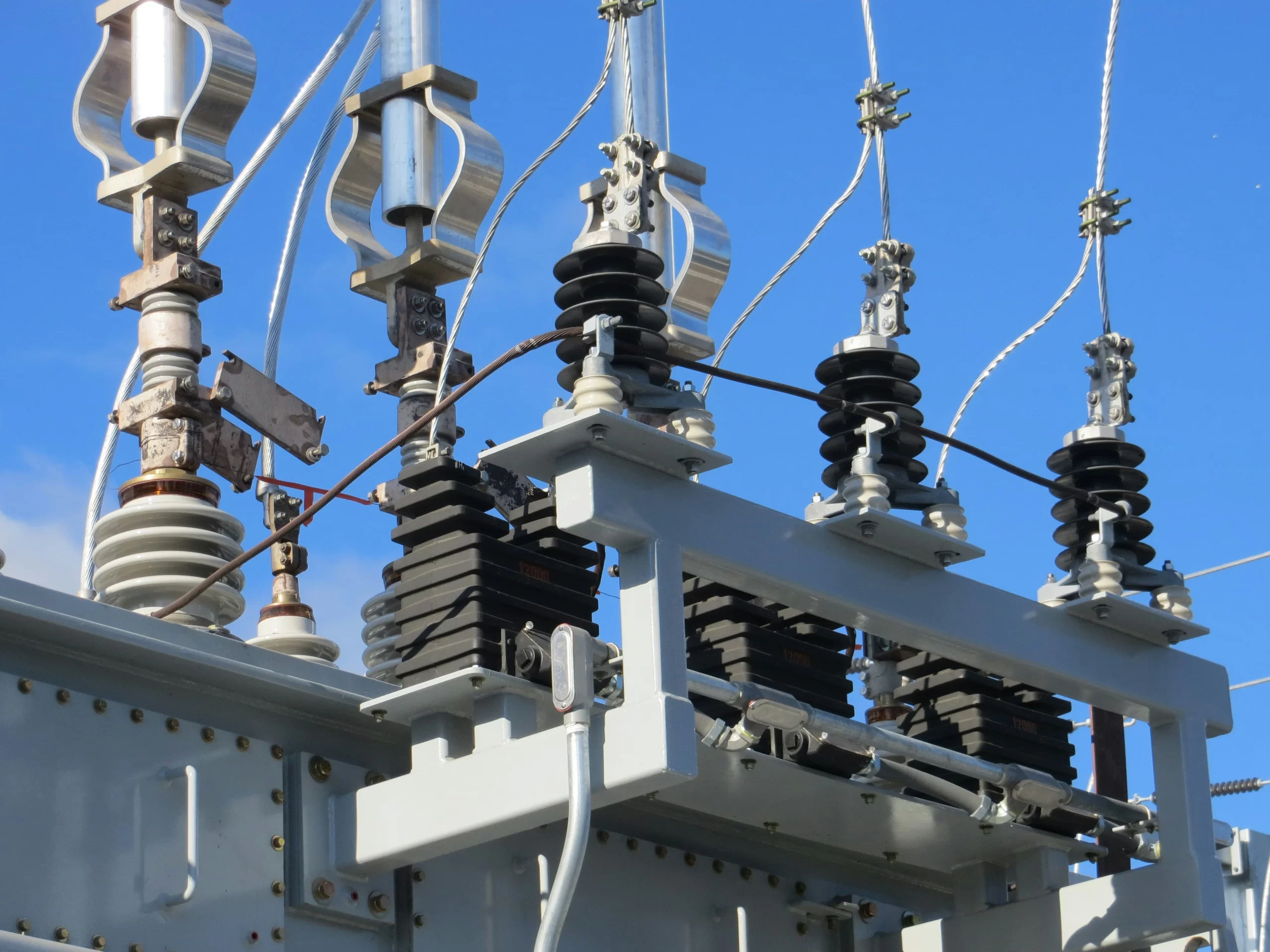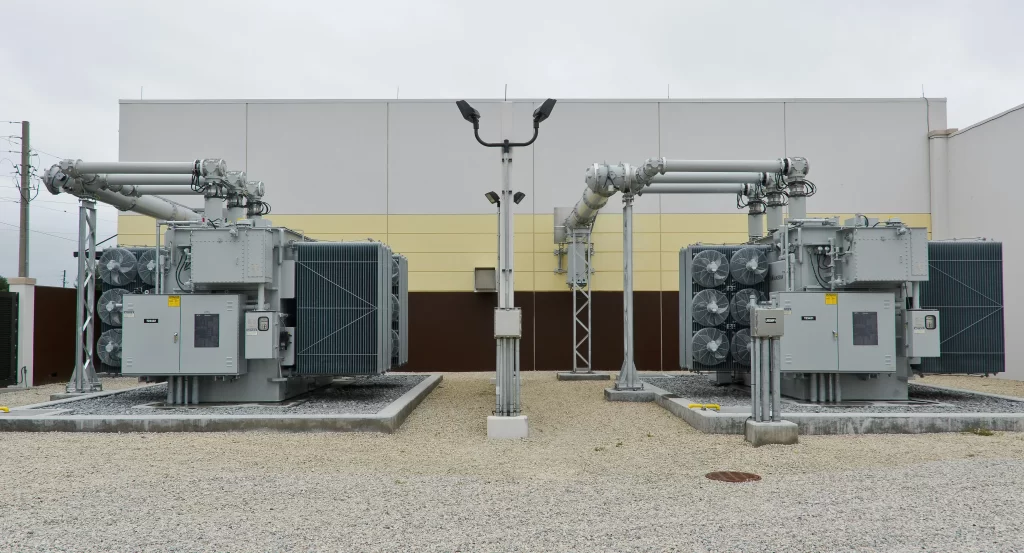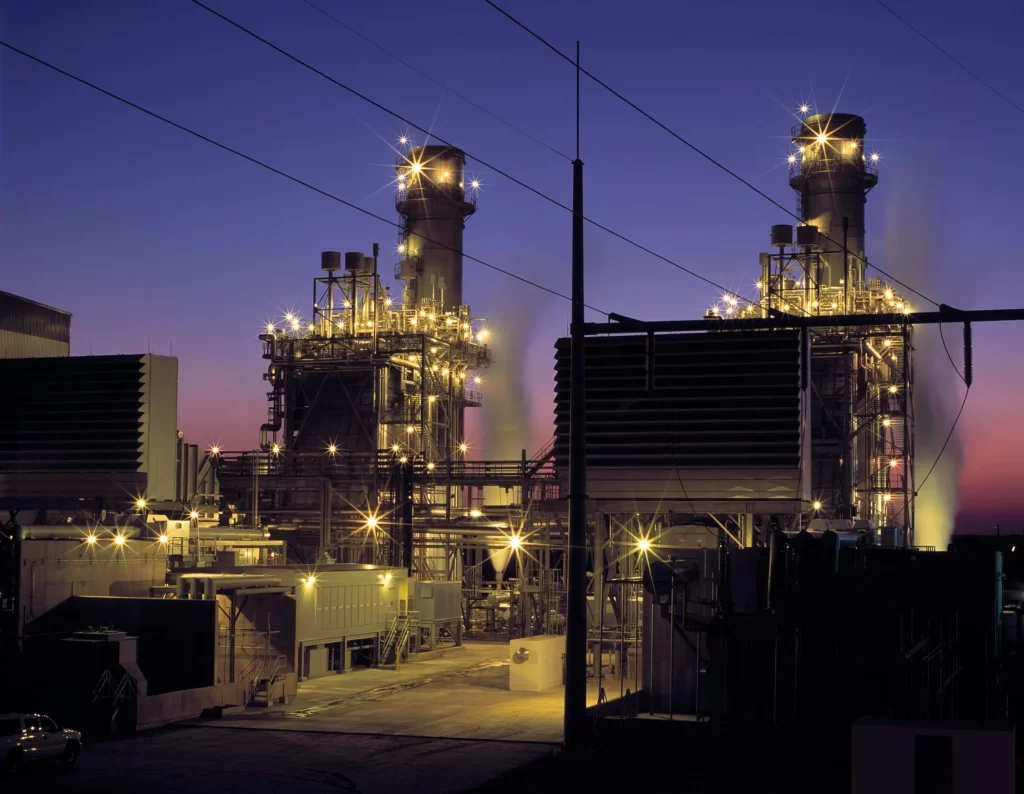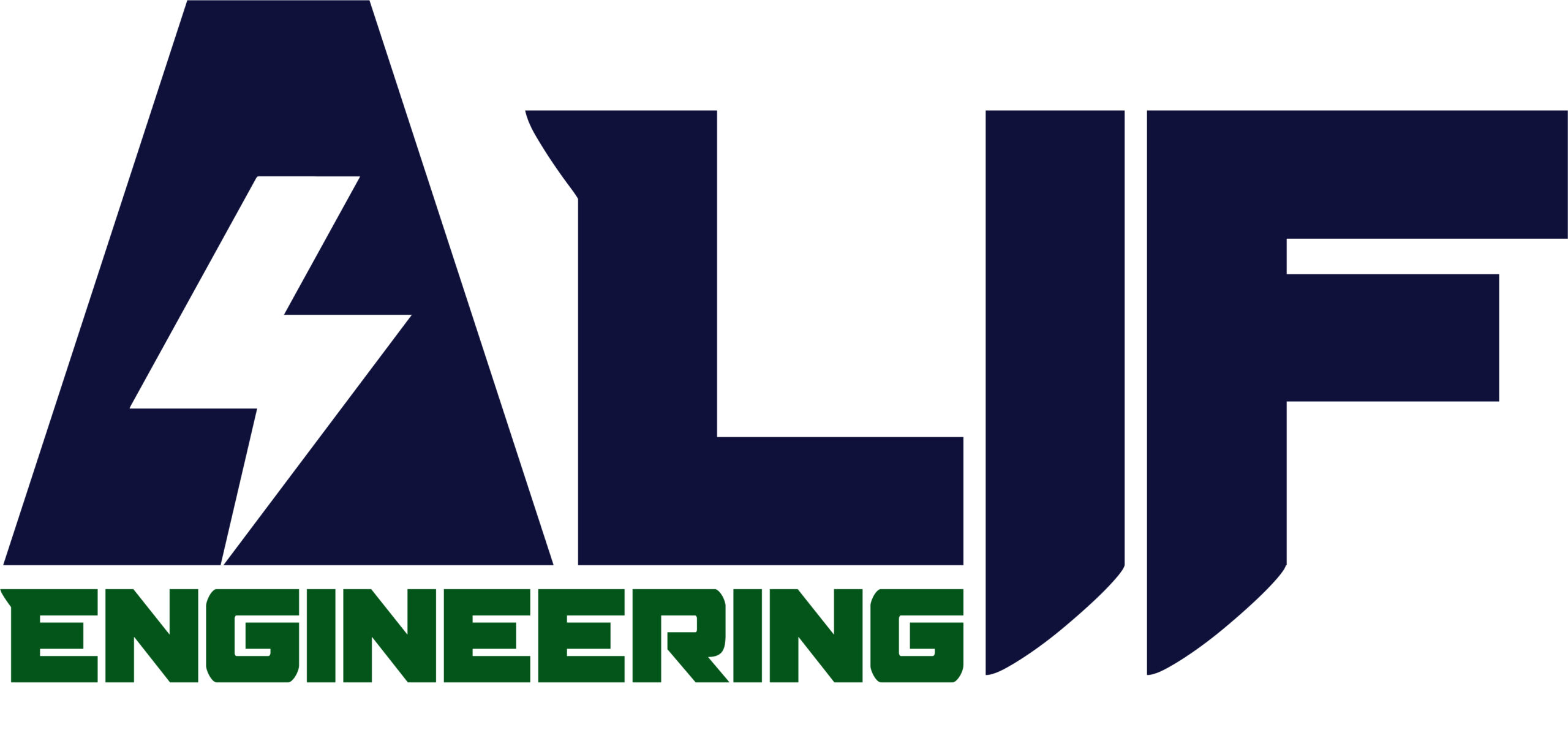- +61 2367 673 892
- info@alifengineering.com
Menu
Understanding and managing fault currents is crucial for ensuring the safety and reliability of power systems. This study focuses on identifying the maximum fault currents that may flow through various components during fault conditions. Our goal is to determine the appropriate equipment ratings to ensure that system components can safely withstand and interrupt these fault currents, safeguarding the overall system’s integrity.


• Impedance Network Modeling: We develop detailed models of the power system’s impedance network, capturing the essential electrical characteristics of the system.
• Symmetrical Components Analysis: We apply symmetrical components techniques to analyze fault currents for different fault types, including threephase and single-line-to-ground faults.
• Scenario Analysis: We evaluate various operational scenarios, such as grid-connected and off-grid modes, to assess fault currents under different

This capability ensures the resilience and reliability of advanced power systems, allowing for optimal equipment selection, compliance with safety standards, and consistent performance under various operating conditions.

Alif Engineering delivers reliable power system solutions, ensuring safety, efficiency, and compliance for diverse energy projects.